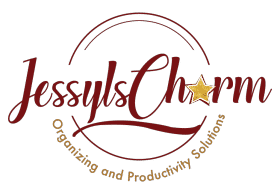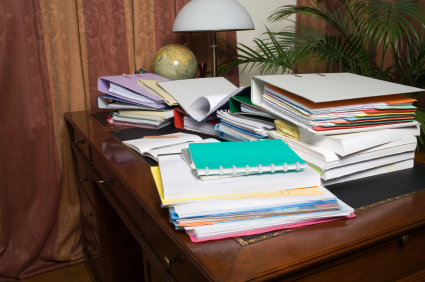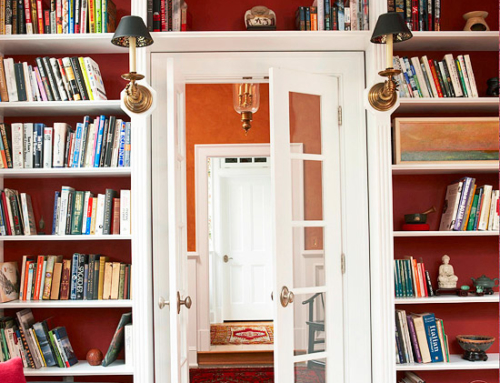Paper clutter is costing millions of people all over the world money, time and energy that they are ignorant of. They are wasting resources that could be channelled effectively to yield more beneficial rewards. Here’s the good news, having control over your paperwork has never been easier.
Few months ago, the Haier Thermocool washing machine in my home just stopped functioning; it kept displaying ‘error5’ on the display panel. I reckoned that the solutions to the error displays can be found in the manufacturer’s manual, so I decided to get the manual and deal with the issue. I and my husband searched and searched for the manual till we gave up and decided to contact a technician who ended up billing us as if he replaced a vital part of the appliance. After negotiations (of course), I was pained that we had to part with that amount of cash, it just wasn’t worth it. I so wished I had taken charge of the paper work in my home, but I didn’t stop at wishing, I took a challenging yet worth-the-while step and from having clutter I now have control of my paper work.
This is one amongst a number of experiences. Paper clutter is costing a lot of people more that they can even imagine. The time you spend searching and searching, the energy you waste, the frustration that sets in, all of these can be handled in just few simple and easy ways.
Here are just a few DIY simple tips that can help you have control over the paper work in your home.
- Firstly, find a good storage system for your paperwork. It’s either a shelf, racks, some chest drawers, small boxes or filing carts.
- Secondly, sort your paperwork according to their order of importance, trash the old, never-will-be-read/ never-will-be-referenced papers/magazines, and give away books you’ve read and don’t need any more then keep the very important and will-be-referenced paper work/books.
- Thirdly, sort them in major categories i.e. books, magazines/newspapers, documents etc. I use shelves for my books, a rack for magazines, a couple of drawers for my documents.
- Fourthly, create sub categories, especially for documents and arrange them in files or folders. I prefer transparent and coloured folders because I can see through them and the colours make it easier for me to easily identify the different categories. The sub categories may include:
a. Certificates. —Birth certificates, marriage certificates, school certificates etc
b. Receipts— Bills (Power supply bills, Security bills, Rents, School fees) Invoices, expensive purchases receipts etc
c. Automobile papers— Vehicle licenses, Car insurance papers, etc
d. Manuals— All appliances manuals
e. Mails—
f. Medical documents— Hospital cards, doctors appointment cards, medical records.etc
g. bank documents— Cheque books, bank statements etc
h. passports, ID cards— International passports, drivers licenses, etc.
- Fifthly, label each file or folder with the above sub categories descriptions before putting them in your preferred storage system.
- Sixthly, create a maintenance system to avoid accumulating paper piles and creating clutter. If you use drawers or a shelf, use labeled boxes or similar containers to sort incoming paper. Label a box ‘keep’ or ‘important’ and another ‘trash’ or ‘useless’.
- Lastly, take out time every two weeks or once in a month to check the boxes and decide what to file and what category it belongs.
Cheers to having a paper-clutter free life!!







Leave A Comment